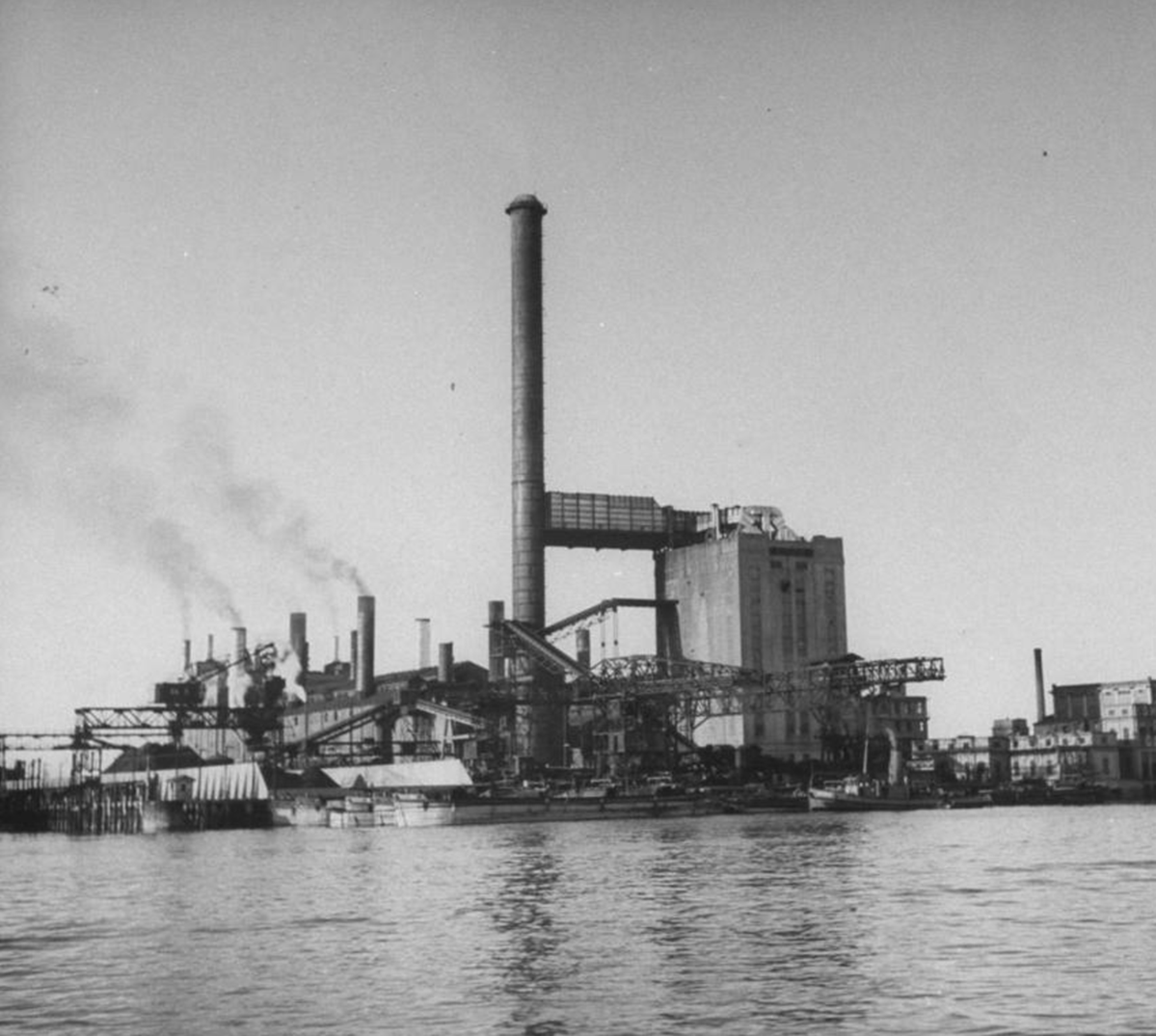Shanghai's new dawn placed in sharp focus


Key investments
Along with its buildings, foreign investment in the city was well maintained after the battle.
After Shanghai was forced to open to foreign powers in the middle of the 19th century, these nations made numerous investments in the city, some of them in public facilities such as water and power plants.
The Yangshupu Power Plant, an important facility that provided nearly 80 percent of the city's electricity supply, was one of them. It was run by the US-owned Shanghai Power Co.
In 1949, the plant was low on fuel and was running a heavy deficit, but the management team was more concerned about rumors that a "scorched earth" policy was being planned by the Kuomintang, who said they would destroy the power plant before they retreated, with the aim of leaving nothing for the CPC.
The team was also afraid of the Communists, because for dozens of years, the US had supported the losing side in the Chinese civil war.
After the Communists took control of the city on May 27, they tried their best to keep the power company running, much to the owners' surprise. The newly established People's Bank of China provided a loan for the power plant, while the new government hastily assembled coal supplies from other parts of China to keep the plant running.
Paul Hopkins, then-chairman of the Shanghai Power Co, wrote in his report to headquarters in the US, "There is no question the Communists are a new type of people who will ultimately bring great progress to China."
He thought they were "all significantly honest, hardworking individuals who lived on the barest essentials of food and clothing". He also found them "intelligent, very frank in discussing problems, and with a good sense of humor".
Hopkins later discovered that the only threat to the power plant came from Kuomintang air raids and a blockade.
In February, 1950, the plant was bombed in a major air raid by the Kuomintang forces. The attack resulted in more than 1,000 casualties, displaced over 50,000 people, caused massive power cuts and shut down businesses.
Speaking about making the documentary, Field said, "It is shocking to think that the Nationalists were willing to sacrifice the city to achieve their aims."
However, the heavy damage only served to highlight the effectiveness and resilience of the new government and strengthen people's determination to rebuild and develop Shanghai. The power plant remained in operation until 2010, when it was decommissioned to reduce carbon dioxide discharges as the city authorities pledged to go green and control air pollution.
The site and others still stand proudly on the Yangpu district waterfront, which has been transformed from an industrial rustbelt into an area of public spaces and attractive scenery.
Wang said, "We captured many fine images of the city and were also able to showcase the prosperity and glory of present-day Shanghai."
























